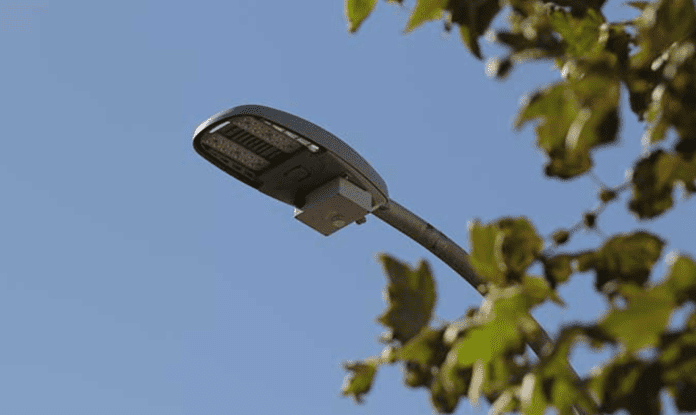Smart lighting helps cities save energy, lower costs and reduce maintenance. Automation and networked control can further increase energy savings and reduce maintenance spending
Smart lighting initiatives are playing a key role in the development of today’s smart cities. With digital networks and embedded sensors, smart street lights can collect and transmit information that helps authorities to monitor and respond to different circumstances, from traffic and air quality to crowds and noise.
Street lights also allow local governments to detect traffic congestion and track available parking spaces, among other key functionalities.
Those digital networks can also remotely control LED lights, making them turn on and off, flash, dim and more, offering cities the possibility to maximize low-energy lighting benefits while also improving pedestrian and bicyclist safety.
According to Silver Spring Networks, a specialist in smart city and industrial IoT solutions, networked street lighting built on a scalable platform can reduce crime up to 10% and make roadways safer through improved visibility.
The company also says a network-based lighting solution provides an ideal platform for multiple smart city services, including smart parking meters, traffic lights and traffic management systems. Municipal utilities also have the opportunity to leverage smart city infrastructure for smart grid applications such as advanced metering infrastructure (AMI), demand response (DR) and distribution automation (DA), the company said.
An example of the benefits of the implementation of smart street lights can be seen in Paris. In order to reduce public lighting energy consumption, the city government had selected Silver Spring to implement project pilot including integrated smart street lighting, traffic signal controls, and an IPv6-based multi-application network to achieve immediate savings, strengthen the communications fabric and reduce risk. For this specific project, the U.S company had expanded the functionality of its smart infrastructure platform to support smart city solutions such as intelligent street lighting, traffic signal control, and electric vehicle charging, among others.
AT&T is also working in a number of smart street lighting initiatives across the United States. The telco uses GE’s IoT sensors, which are placed in the street lights and provide key information about traffic, crowds, crime, and air quality.
In January 2017, AT&T teamed with Current, powered by GE and Georgia Power, to test intelligent lighting solutions in Atlanta. The companies are using the AT&T smart cities framework as the foundation to add intelligent lighting solutions throughout the city, the telco said.
The City of Atlanta and Georgia Power will be piloting Current’s new IoT sensor platform for cities and installing 1,000 wirelessly controlled LED lights. As part of the smart cities pilot, the companies will test these intelligent technologies to help the city make improvements in three key focus areas including mobility – reducing traffic congestion and decreasing average commute times; public safety – improving response time and reducing crime in defined areas; and environment – reducing emissions and greenhouse gases.

